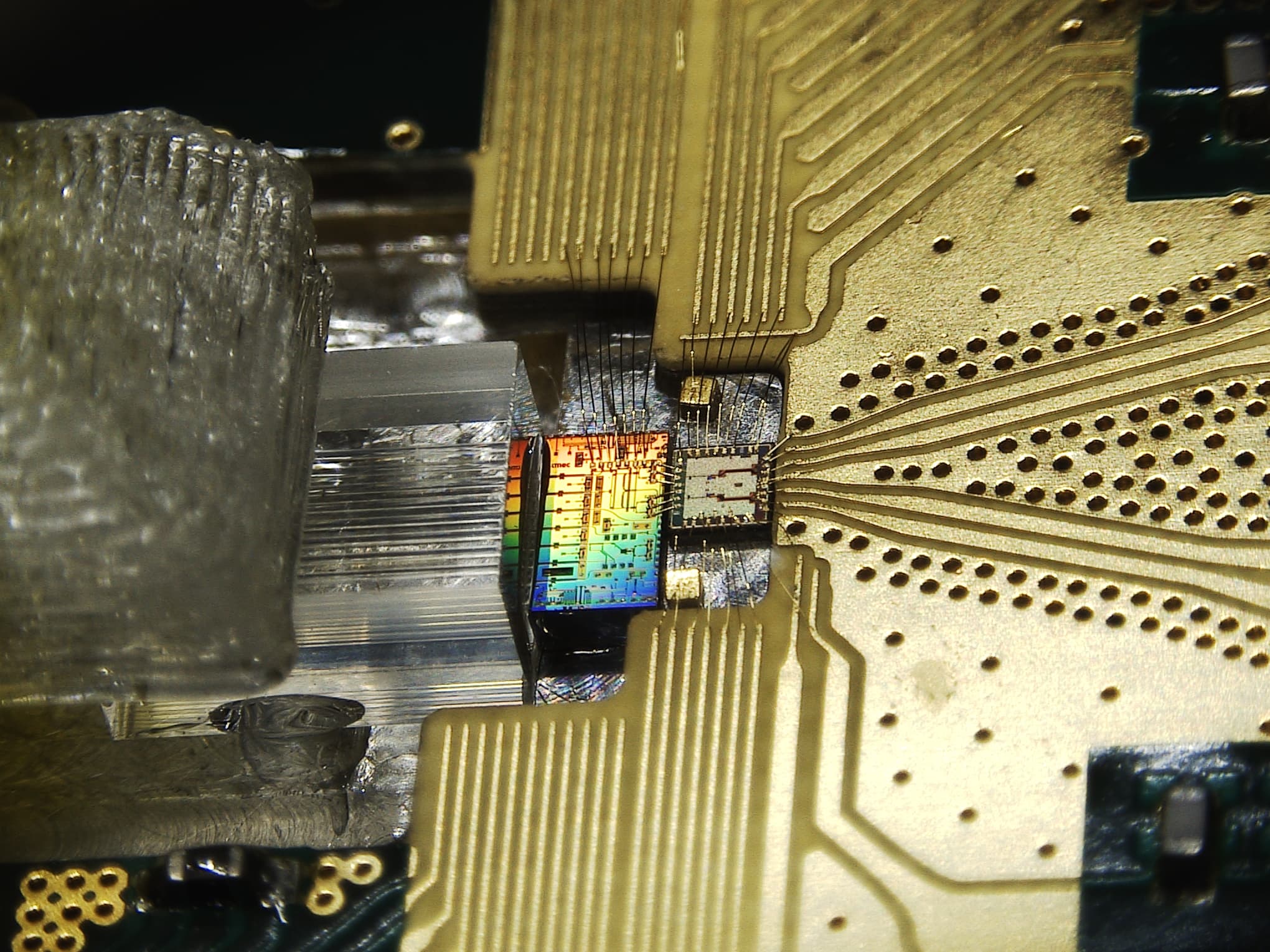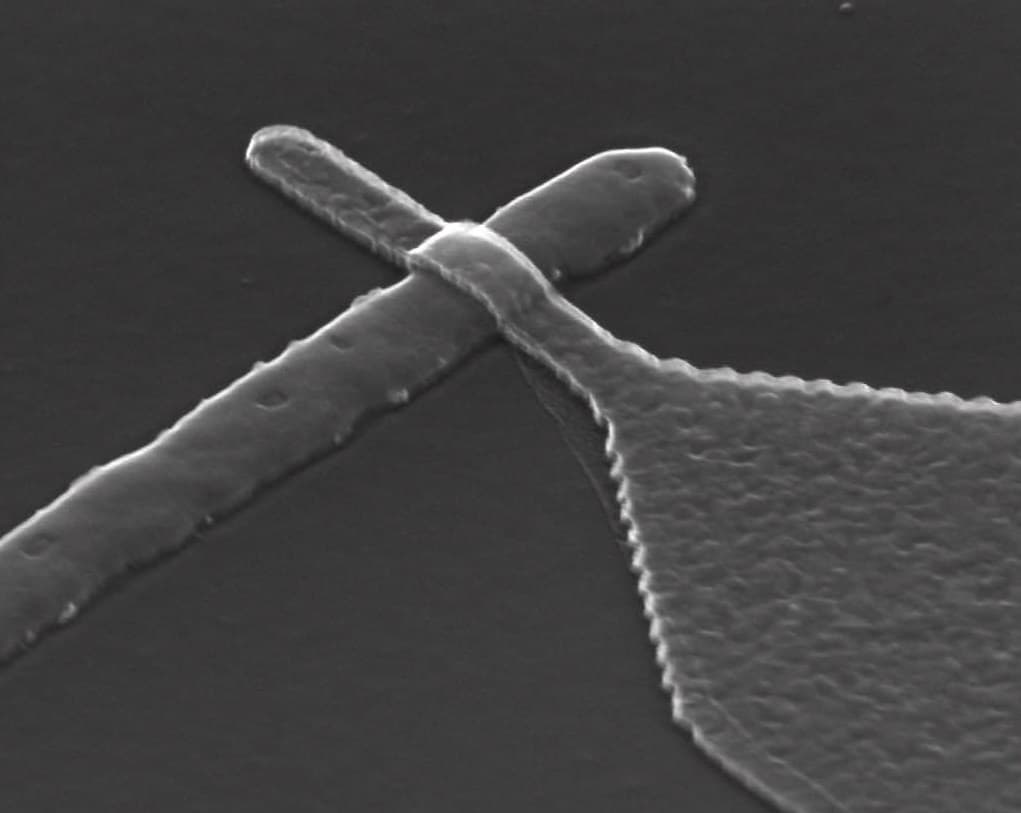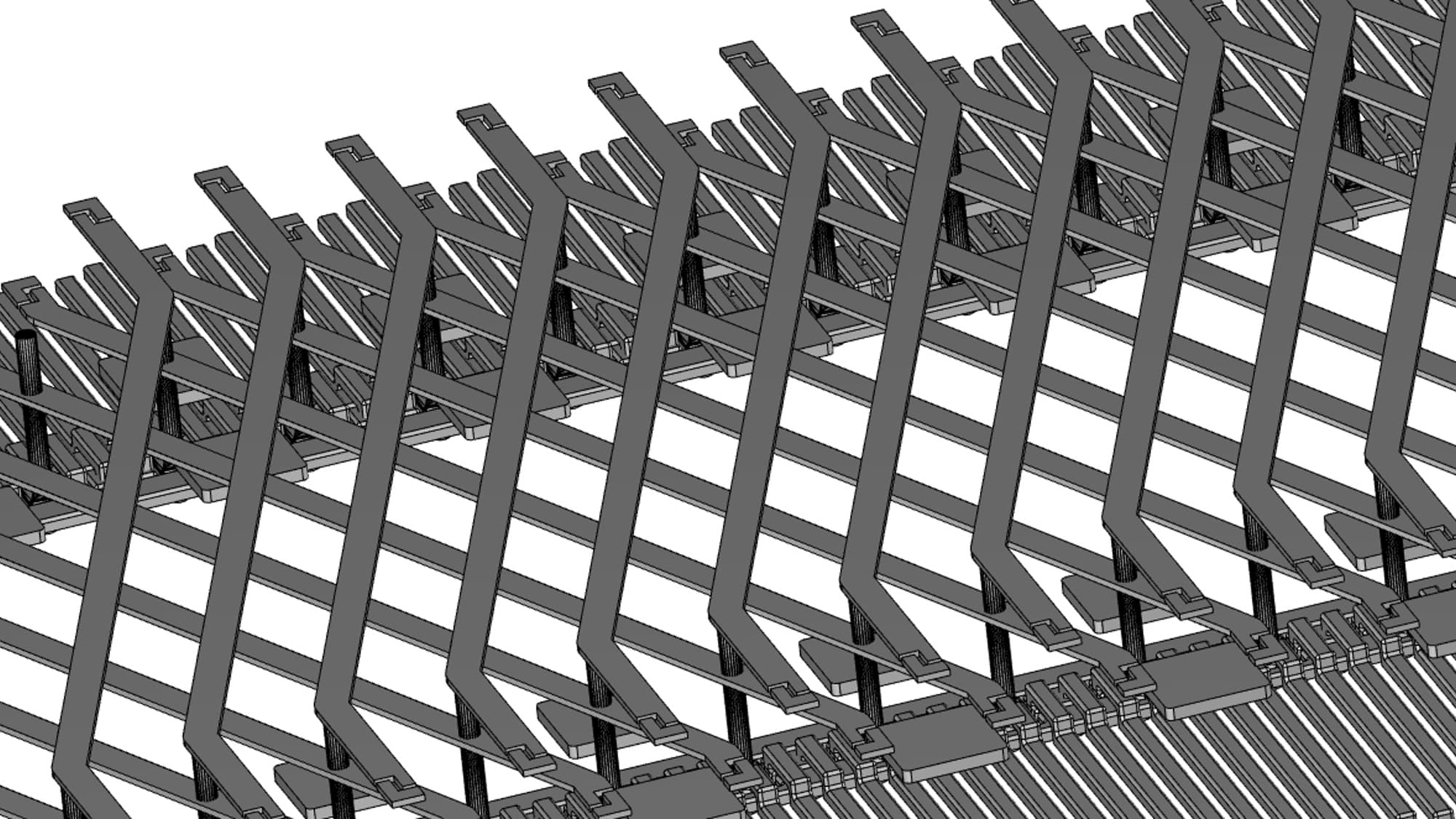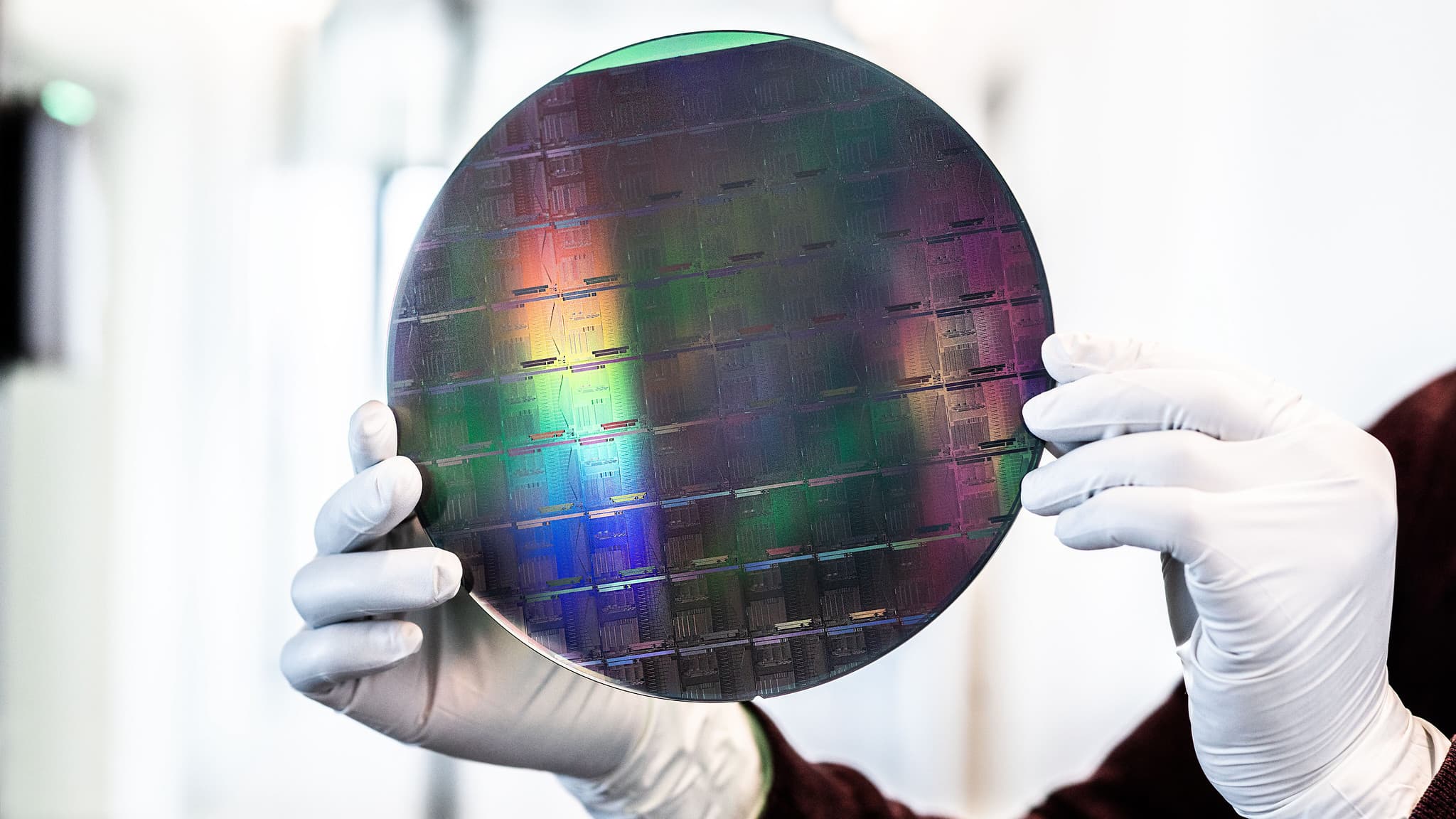Best of 2016 / Edition October 2016
Quantum computing is one of today’s hot topics in information science. For a number of specific tasks, computers operating on quantum principles promise a phenomenal speedup, outrunning anything that can ever be achieved with classical computing. That makes the prospect of implementing such systems so appealing to both theoretical scientists and engineers looking to build the ultimate system. Therefore, research groups around the world have started devising qubits, quantum gates and circuits. They do so using a number of widely varying approaches, spanning much of modern physics. Imec is also entering the field now. It already has one of the world’s most advanced platforms to scale CMOS technology for classical computing, a platform currently used to screen options for 5nm technology and beyond. At that scale, quantum effects start to play an ever more significant role. So it is a unique basis to start engineering a quantum computer, says Iuliana Radu, imec expert for ‘Beyond CMOS’ topics.
Computing in parallel worlds
A classical computer stores information in the form of bits or binary digits. Physically, these are implemented as switches that can either be set ‘off’ or ‘on’, representing ‘0’ or ‘1’. We call eight bits taken together a byte and use it to store one number out of a possible 256.
But in the quantum world, entities may be in a superposition of states; they are not either ‘0’ or ‘1’ but both at the same time. Take for example the electron spin, which can either point up, down, or in the right circumstances both up and down at the same time. In quantum information, such an elementary entity is called a qubit (quantum bit).
An important characteristic of quantum entities is that they can get entangled. If two entities are entangled, any change in one of them will immediately be reflected in the other.
Superposition and entanglement give quantum systems their power. If we could make eight qubits entangle, we would have a qubyte. Such a qubyte will not store one binary string out of 256, as a classical byte does. It stores 256 strings at the same time. Any operation on the qubyte will be performed on all 256 information strings at the same time. That would be as if we had 256 computers working in parallel on one aspect of the task. Or, in a prevailing interpretation of quantum mechanics, as if a computation was done in 256 parallel universes.
So what is keeping us from building these monsters? Well, there are quite a number of challenges.
To boldly go where no one has gone before
Building a dependable quantum system hinges on the ability to manipulate single quantum entities (e.g. electrons), bring a number of them in an entangled state, keeping up that state long enough so that operations can be performed and finding a way to get useful information out at the end, getting the parallel answers to interfere to produce an answer without destroying the useful information.
Perhaps the most critical requirement of quantum computers is the ‘closed box’ aspect: a quantum computer’s internal operation must be isolated from the outside world. Leakage of information from the box may disturb the fragile quantum mechanical equilibrium on which the quantum computation depends. In quantum-parlance such a disturbance is known as decoherence.
Another challenge has to do with identifying the specific problems best-suited to be solved by quantum computers and devising the algorithms needed. The first such problem that scientists tackled was factorizing large numbers into their primes, a computation that is so difficult for classical computers that it is used as the basis for cryptography. Peter Shor, an American mathematician, has proposed an algorithm – known as called Shor’s algorithm – to solve this problem on a quantum computer in an amount of time that increases polynomially with the size of the number to be factorized. Since then, other algorithms have been proposed, such as adiabatic annealing algorithms, algorithms that solve systems of linear and differential equations, ranking and sorting algorithms and algorithms of chemical simulations. So the number of problems that can potentially be solved with these quantum machines is continuously increasing.
Lately, researchers have been experimenting with new physical models for realizing a large scale quantum computer. Cold ion traps, quantum optics (using photons and optical cavities), superconducting qubits and semiconducting qubits are all very interesting candidates. This has started a worldwide race to demonstrate not only working qubits but to also show the scalability to arrays of qubits and to keep those in an entangled state for as long as possible.
Getting less attention but is also key to building a quantum computer is the control circuitry. Next to the qubit-heart of the machine, we also need electronics to initialize, control and read-out the qubits and perform partial storage of results and correct quantum errors.
Building a scalable quantum computer in silicon
Many endeavors to build quantum computers have used a plethora of materials and techniques to create the, admittedly, exotic circuitry needed. But experiments have shown that qubits can also be created in silicon, e.g. by using individual electron spins, which are relatively decoupled from their environment, promise a long coherence time, and can be controlled coherently with high accuracy. And as recently as 2015, academic research managed to create the world’s first quantum logic gate in silicon, a requirement for building a quantum computer.
Results such as these and discussions with our partners got imec naturally involved. In our view, future systems will be built from heterogeneous components, with specialized hardware for e.g. sensing, DNA-analysis, deep learning ... Coupling a quantum processor to crunch the computationally intensive problems would be a logical step.
The technical challenges to build a scalable quantum system might look daunting today. But Imec has some pretty good cards up its sleeve. In our fabs, we have arguably the world’s most sophisticated platform for advanced CMOS processing. And at the scale that we are working today, looking at 5nm technology and beyond, we have already quite some experience with managing quantum effects. That is why, at the recent Quantum Europe 2016 conference in Amsterdam, imec announced that it would extend its silicon research platform to implement qubits and the supporting electronics.
Naturally, we will be looking at partnerships. A number of our established partners are showing interest, as they are also looking ahead at fabricating and exploiting future post-Moore technologies. And there are the many academic groups experimenting with the fundamentals of qubits, circuits and software, but lacking the fabrication capabilities and our systems-level experience. So we are inviting anyone who’s interested to come and talk with us.
Silicon technology is an attractive base for quantum computer technology. Qubits embedded in silicon have all the right characteristics. Moreover, they make quantum computing compatible with existing microelectronics. This allows seeing a quantum processor as a building block of future supercomputing systems, embedding the growing power of quantum processing into existing computing paradigms.
Published on:
18 November 2016














